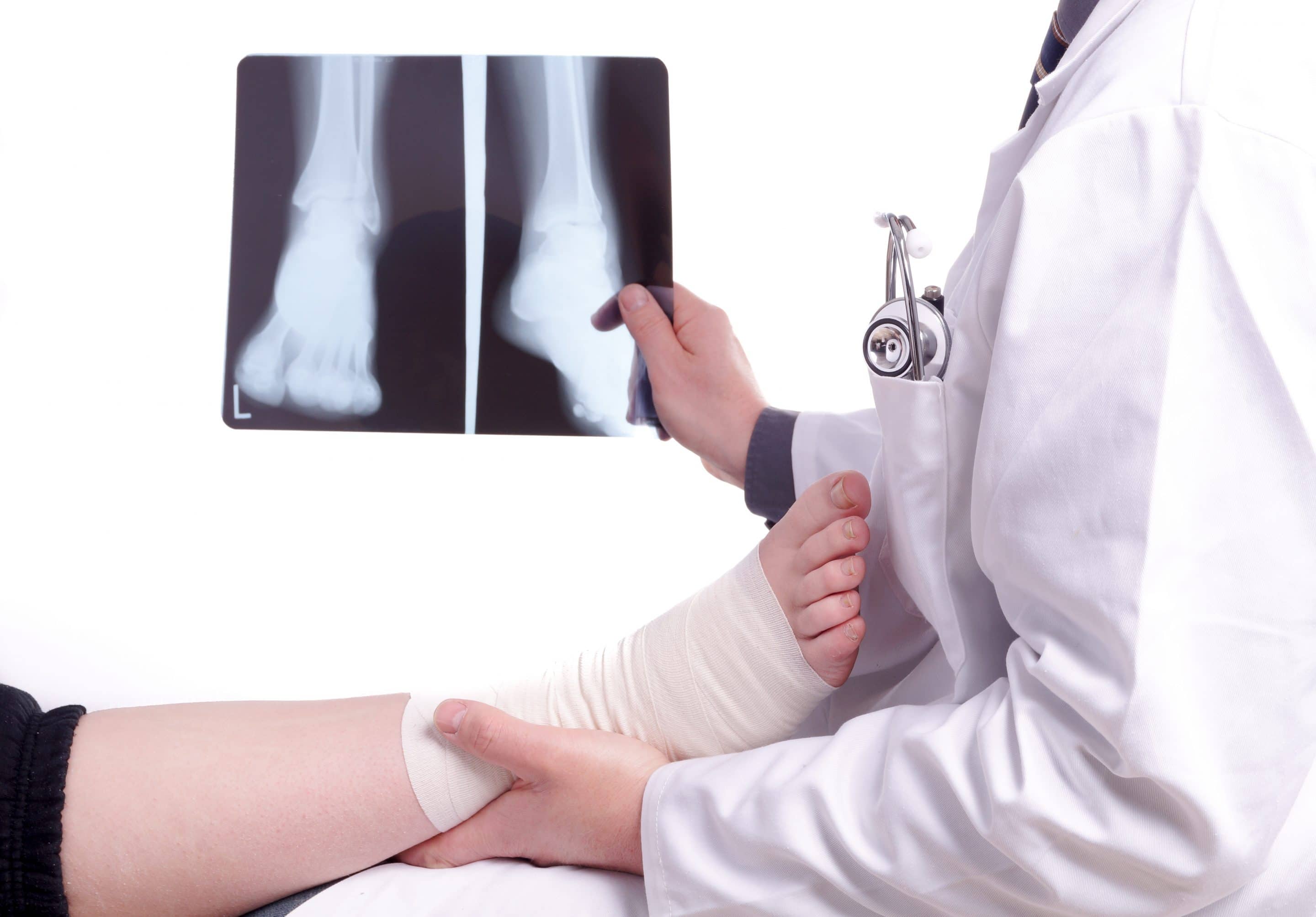When is Foot Surgery Necessary?
When it comes to the simple things in life, we usually know exactly what to do. The alarm goes off in the morning, we roll out of bed. The microwave dings, we know dinner is ready. The traffic light turns red, it’s time to push the brakes. It’s that easy!
In fact, even when we get hurt, we can normally recognize what the next steps should be – either a simple bandage will do the trick, or you need to go to the doctor.
But the truth is there are a lot of gray areas when it comes to foot and ankle injuries. While it may seem like some symptoms are not all that concerning, they may actually indicate a serious injury that needs to be addressed immediately – a swollen foot might be a sign of a simple sprain, but it could also mean you have suffered a fracture.
That is why it’s so important to let a professional evaluate your injury, so an accurate diagnosis can be determined and you can get the treatment you need to get back on your feet. And that’s what we are here for – our team of experts can get to root of the problem and determine whether or not surgery is the best option for you.
Now, the good news is most foot and ankle injuries can be treated with conservative methods. We will exhaust all available approaches before recommending surgery to correct your condition, and if we do find surgery to be necessary, then we will thoroughly discuss what this entails so you can move forward with treatment feeling confident.

But When is Surgery Necessary?
Unfortunately, foot and ankle problems are more common than you might think. And with all the impact forces your feet endure on the daily basis, this should really come as no surprise! In fact, on an average day, your feet will absorb up to several tons of force – more if you like running or other high-impact sports.
Because of this, your lower limbs are always at risk of injury. All it takes is a trip, a misstep, or an ill-fitting shoe to cause you to twist, sprain, or even break your foot or ankle. Next thing you know, doing the things you love to do becomes, well, a pain. So preventing these problems in the first place will always be your best course of action (and we have some tips for you to do just that).
Let’s say you have already suffered an injury, though – will you need to “go under the knife”?
Here are some of the most common conditions that often need surgery to be corrected:
- Bunions. This type of foot deformity can only be corrected through surgery, though conservative treatments will slow down its progression and help manage painful symptoms.
- Hammertoes. Just like bunions, surgery is also necessary in order to correct hammertoes (but non-invasive steps are usually helpful to manage this condition).
- Neuromas. Surgery is often needed to “detangle” or “release” trapped nerves in the feet.
- Diabetic ulcers. Since these injuries can often be limb – and life – threatening, sometimes surgery is the best option to provide immediate relief and stop the condition from progressing further.
- Plantar fasciitis.This type of heel pain may require surgery in rare, severe cases.
- Physical injuries. Severe sprains and fractures may require surgery, too.
You should keep in mind that, when left untreated, these problems will likely only get worse over time. So it’s important that you become familiar with some of the signs and symptoms that may indicate something is wrong (before you get to the point where surgery is, indeed, your only option).
Some Symptoms You Should Never Ignore
That said, pushing through the pain is never a good idea. If your feet hurt, stop – and make an appointment with our office so we can better evaluate your situation. We will examine your feet and ankles, observe your walking gait, and maybe even take some X-rays in order to determine the root cause of the problem. Based on what we find, and if we believe your condition can be treated with conservative steps, we will recommend non-surgical treatment.
Now, if these methods prove ineffective, we can then start considering surgery.
Apart from unresponsiveness to conservative treatment, there are also other things that may make you eligible for surgery, including:
- Chronic foot and ankle pain
- Constant heel pain
- Pain that causes you to limp
- Blisters that won’t heal
- Worsening deformity
- Corns that won’t heal
- Negatively affected quality of life
- Joint swelling, warmth and redness
- Pain that flares up with vigorous activity
- Inability to partake in favorite activities
- Tenderness when pressure is applied to the area
- Increased pain and swelling in the morning, or after sitting or resting
Any of these sound familiar to you? Then it’s time to do something about it! Ignoring the problem will not make it go away, and the sooner you seek appropriate treatment, the easier it will be for you to recover and get back to doing the things you love.

Find Expert Surgical Care at Southern California Foot & Ankle Specialists
All in all, your feet and ankles should not be causing you pain. And if you are wondering if you need surgery, then that should be enough for you to come visit our office for medical advice and treatment. So give us a call today at (949) 364-9255, or fill out our online request form to have a member of our staff reach out to you.
